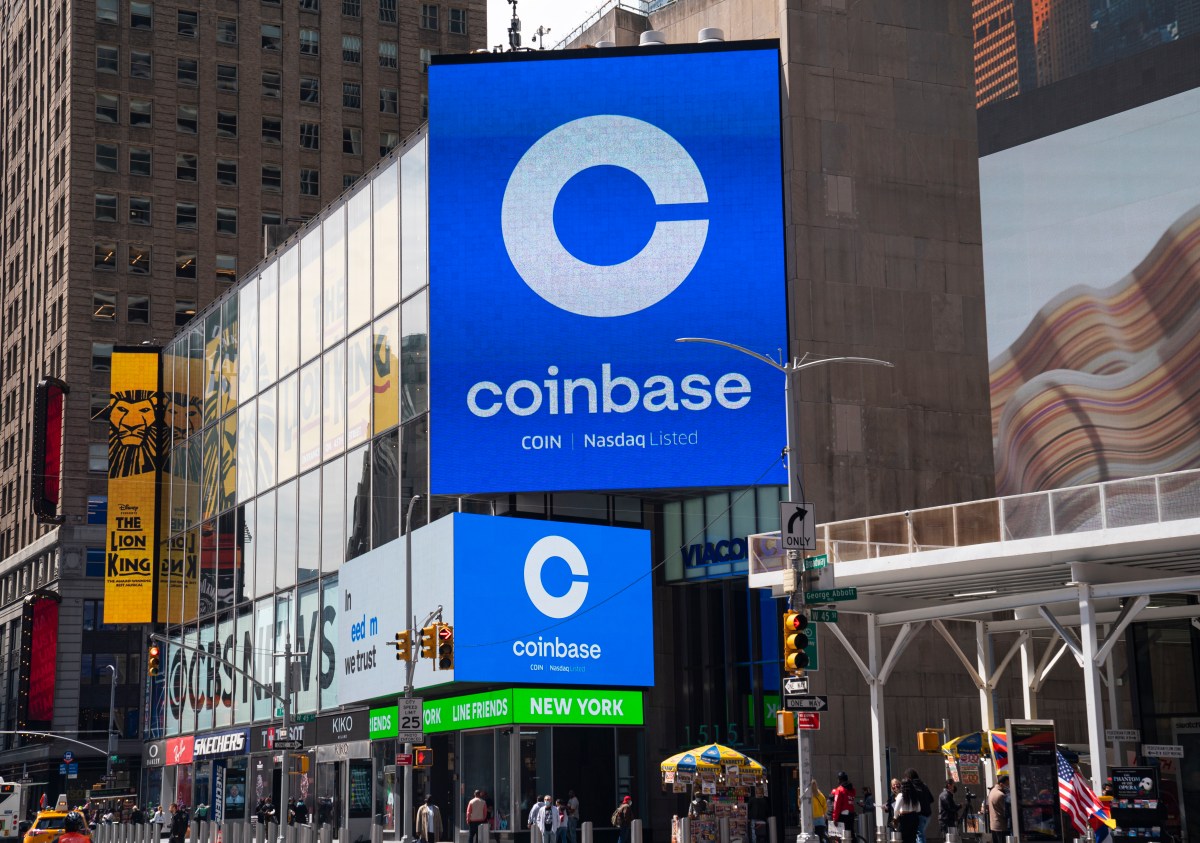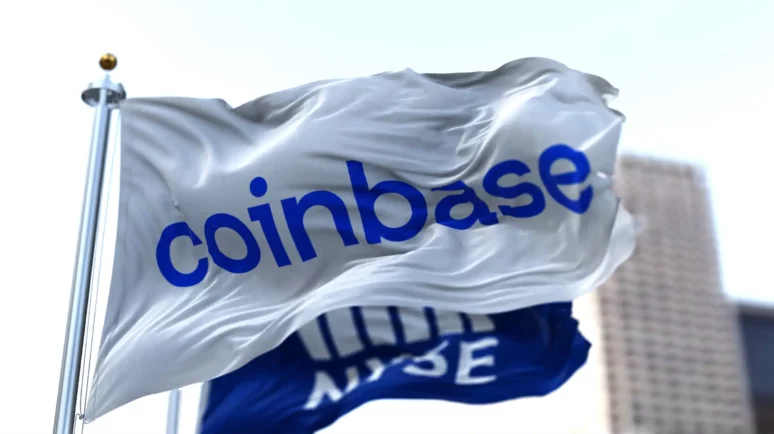Knowing when to pivot is what separates winning companies from the ones that history forgets.
RCA built the first national radio network, then doubled down on TV while other companies hesitated. That pivot made RCA one of the most powerful media companies of the mid-20th century.
But I’ll bet you’ve never heard of Mutual Broadcasting System, one of RCA’s biggest competitors in radio. It stuck with that technology, and the world moved on without it.
You probably remember when Netflix dropped its DVD mailers and bet everything on streaming. But Blockbuster didn’t, and the company that once passed on buying Netflix ended up going bankrupt.
Over the last decade, Nvidia saw the writing on the wall and turned gaming chips into the engines of artificial intelligence. Today, every other chip manufacturer is playing catch-up.
Now one bitcoin miner is making a similar pivot.
And if it succeeds, it could become the backbone of tomorrow’s AI economy.
Crypto Meets Compute
CleanSpark (Nasdaq: CLSK) started as a traditional bitcoin miner.
It owns and operates massive data centers across Georgia, Mississippi, Tennessee and Wyoming.
Each site is wired directly into local power grids and filled with machines designed for one purpose: to solve the cryptographic puzzles that produce bitcoin.
By June 2025, CleanSpark’s total capacity had reached 50 exahashes per second. That’s enough computing power to perform fifty quintillion calculations every second.
In layman’s terms, that’s a LOT of computing power. So much so that it costs more computing energy than some countries generate in a year.
But last month, the company announced something surprising.
It secured a $100 million credit line from Coinbase Prime, backed entirely by the bitcoin it already holds on its balance sheet.
What’s the money for?
To expand into high-performance computing, the kind of infrastructure used to train and run artificial intelligence systems.
In other words, CleanSpark is transforming its bitcoin mining operation into an AI data-center network.
To me, this makes perfect sense. After all, bitcoin mining and AI computing have more in common than you might think.
Both rely on enormous amounts of electricity. Both need advanced chips that generate intense heat. And both depend on real-world infrastructure like racks, cooling systems and power contracts to keep those chips running around the clock.
CleanSpark has already built all of that infrastructure.
Image: CleanSpark
It owns the land. It has long-term power deals with local utilities. And it has mastered the logistics of running high-density computing 24 hours a day.
So instead of starting from scratch, CleanSpark is putting its mining footprint to new use by hosting AI workloads that range from machine-learning research to rendering and cloud hosting.
And that’s a huge deal. Because the world is running out of available compute power.
AI companies from OpenAI to Meta are desperate for capacity. Yet the average data center can’t handle the heat or power draw that modern GPUs require.
But bitcoin miners can. Their sites are already optimized for that exact purpose.
And by pivoting from minting digital coins to monetizing compute — the raw energy and hardware that underpins both crypto and AI — these once-volatile mining firms could transform into the backbone of tomorrow’s digital infrastructure.
We could see former digital miners training autonomous-vehicle models, running climate simulations and powering AI assistants.
And they could become some of the most profitable tech operators on the planet.
That’s why CleanSpark isn’t the only company exploring this crossover. Competitors like Riot Platforms and Marathon Digital are experimenting with similar AI-hosting pilots.
But CleanSpark has moved faster and has thought more carefully about its balance sheet.
It holds roughly 13,000 bitcoin that serve as a kind of financial battery. When the price of bitcoin goes up, the company’s borrowing power rises too, so it can fund its growth without cashing out.
If that sounds familiar, it should.
Like the infinite money loop, CleanSpark’s bitcoin funds its build-out, while AI will generate its next wave of cash flow.
It’s also similar to the early days of the internet when data-center builders like Equinix and Digital Realty became some of the most valuable real-estate operators in the world.
Today’s miners could follow that same trajectory, evolving from risky bets into the backbone of the world’s digital infrastructure.
Here’s My Take
The companies that succeed don’t hang on to what worked yesterday. They build what the world needs next.
Of course, this transition won’t be as simple as flipping a switch. CleanSpark will have to learn a whole new business. Because running powerful AI systems for other companies will take different skills and demand far more reliability than mining bitcoin ever did.
CleanSpark will also face competition from hyperscale players like Amazon Web Services and Nvidia’s own DGX Cloud partners.
And if the price of bitcoin drops, the collateral that supports its expansion could shrink overnight.
But diversification is a rational move in this volatile industry.
CleanSpark’s leaders see a future where the world’s demand for compute far outpaces supply. And they’re positioning themselves to fill that gap, just like Netflix did with streaming.
This move also represents another example of Convergence X.
Blockchain is building the rails of a new digital financial system, while AI is building a cognitive layer that will help shape the modern world.
Both depend on the same kind of computing power to keep growing. And now, they both could start running on the same infrastructure.
If CleanSpark proves that mining rigs can evolve into AI data centers, it could unlock a trillion-dollar bridge between two tech revolutions.
And soon we might talk about them the same way we talk about Netflix and Nvidia today.
Regards,
 Ian KingChief Strategist, Banyan Hill Publishing
Ian KingChief Strategist, Banyan Hill Publishing
Editor’s Note: We’d love to hear from you!
If you want to share your thoughts or suggestions about the Daily Disruptor, or if there are any specific topics you’d like us to cover, just send an email to [email protected].
Don’t worry, we won’t reveal your full name in the event we publish a response. So feel free to comment away!



























